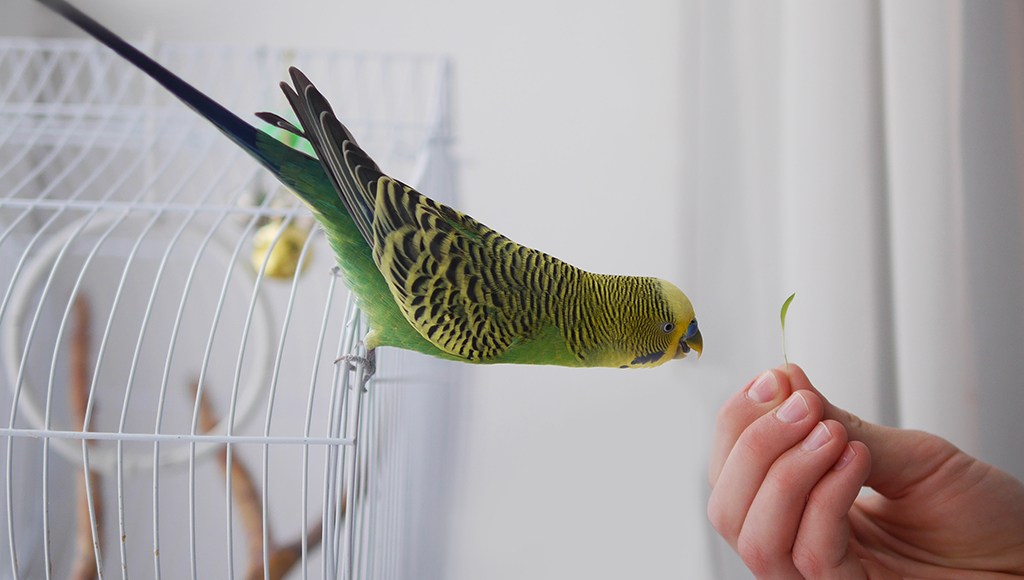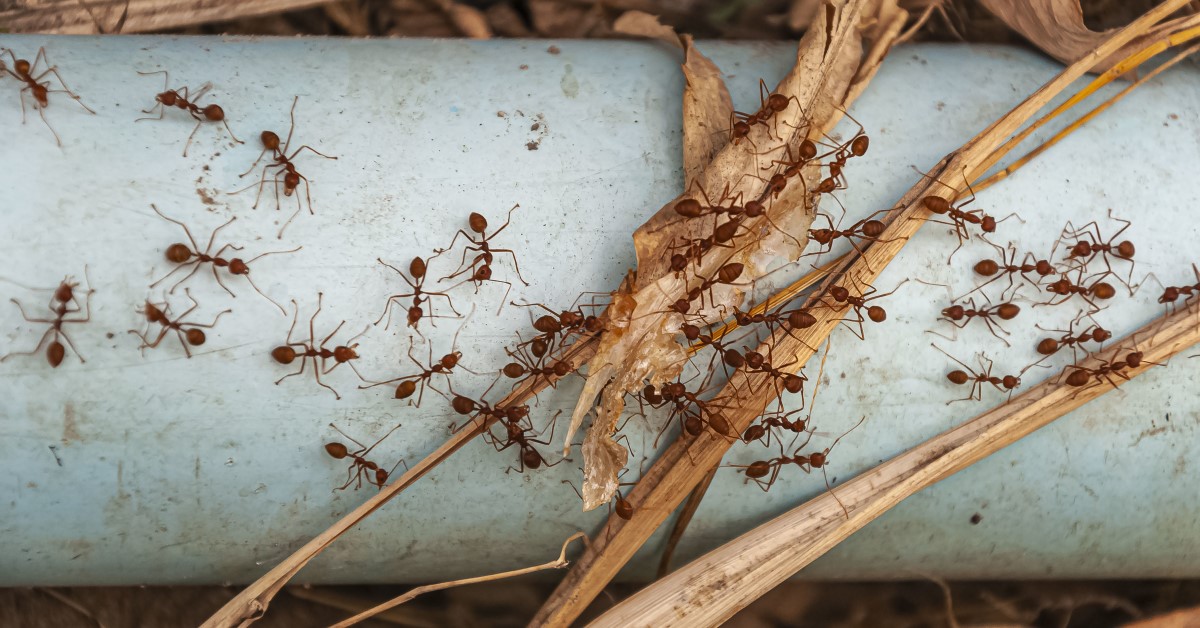What to do When Your Bird Flies the Coop!
Here is some helpful information for getting your bird back.

With the weather getting warmer and windows going up to let in the fragrant breezes, accidents can happen. Sometimes a door or window is carelessly left ajar and the bird gets out. Often the caregiver may forget the bird is nearby, when they answer the door, or go outside to retrieve mail or just get some fresh air. Many birds are kept clipped and may also escape when one or two flight feathers grow in unnoticed by their guardian. Some people may even bring their birds outside on purpose, with the intention of getting them some fresh air and sunshine, without knowing that birds can fly easily should a sudden gust of wind offer the lift needed despite clipped wings. An escaped bird often will not even recognize his or her own home and some suggest that it is wise to acclimate your bird to their yard and outdoor surroundings.
Captive exotic birds once free, will not immediately know how to find food or water but after a couple of days of freedom will rely on instinct and usually are able to find a bird feeder or pond. Many will land on an unsuspecting stranger in search of food. Most captive exotic birds have no ability to escape predators and many will meet their demise as a meal for a hawk or cat. Extreme weather can also play a part in the bird's mortality but many birds have been known to survive many months if they are clever enough to find a shelter to roost in. Two Orange Wing Amazons survived an entire winter in Maine by sleeping in an abandoned squirrel's nest. It is important to let people with escaped birds know that they should not quit looking or stop putting up flyers.
The one thing to remember is to be patient and not give up too soon. So far this year, “Foster Parrots” has recaptured 18 of the 18 "lost birds" reported and most were returned after someone saw a flyer.
Beginning the search
If the caregiver does not know the whereabouts of the bird, one must take steps to find out where he/she is, where he/she is eating (often a fruit tree in season or a bird feeder in someone's back yard) or sleeping.
Contact the local animal control agencies, nearby vet clinics, pet supply and pet stores (they may not help you but they can serve as a contact should someone report seeing your bird). Make flyers with the bird's photo and distribute to all known "pet" or animal related groups. Offer a reward of $50 to $100. Post flyers at schools, on telephone poles and in shop windows within a five-mile radius of your home. If possible increase this area by 5 miles within the next day and then one mile per day thereafter. (One bird was recently found over 100 miles from home within one week and birds are frequently found within a ten-mile radius of "home").
Walk the neighborhood. Ask joggers and children to keep an eye out (it is good to have flyers to give everyone you talk to), pass out your flyers and try to find the people in your neighborhood that keep their bird feeders well-stocked. Ask them to keep an eye out. Hopefully these steps will result in the location of your feathered friend.
Recovering your pet bird once located
Once the guardian knows where the escaped bird is, they can make attempts to coax the bird down with treats or even attempt to climb the tree. If the guardian does decide to climb the tree, he/she should take a pillow case (tucked in the belt or back of the trousers), with a long length of clothesline attached so that the bird can be lowered to the ground. This will be easier and safer than trying to climb down with a potentially biting or struggling bird. This method usually only works with an extremely tame bird. Most birds will fly away as one gets closer. Two people should be involved to keep track of where the bird goes should he/she fly off while being retrieved.
A decoy bird may be used. If there is a cage mate or companion bird in the home they too can be used to lure your "jail bird" back home. Remember to CLIP the wings of the decoy or companion as two escaped birds make life much more difficult. Recently when all else had failed to bring an escaped male cockatiel down from a tall tree the offering of a female was all it took to bring the male down to the shoulder of his guardian. Recordings of the escaped bird can also act as a lure. Recordings of unfamiliar birds may have the opposite effect and scare your bird away!
If none of the above work it will be necessary to trap the escaped bird:
- Locate two or three old cockatiel-sized cages. Larger cages will be needed for macaws. Contact local animal rescue groups and wildlife rehabilitators for old cages.
- Get permission from homeowners in your neighborhood to put a cage in their yard and trees. They are usually happy to give permission. If possible, get homeowners and their family to keep an eye on the cages. Put a cage on the ground and sprinkle seed around the opening, lots of peanuts, apples and favorite foods inside. Put another cage in a tree frequented by your feathered friend, if you know of such a tree.
To get the cage into the tree:
- Put two rolls of pennies into an old (and sturdy) sock. Tie this to the end of a long length of clothes line coiled neatly on the ground. Throw the weighted end over the highest branch possible OR the branch nearest the birds favorite spot. Be careful not to spook the bird. The bird usually will not fly away if you manage to get the rope over on the first or second try but repeated attempts will scare him/her away.
- Tie a smaller string to the door of the cage in such a way as to act as a closeable trap door (tie one end to cage door and thread through back of cage so that a tug shuts the door) and then hoist the cage into the tree. Trail these strings away from the cage to a distance of 40 or 50 feet and possibly in a place where you can hide, i.e. behind a bush or building.
- Tend the cages daily and continue to look for other places the bird may be hanging out. Don't give up, the one thing that EVERY person who used this method told us was that we were the only ones to give them hope and that this message alone kept them looking.
Ready to start saving money on pet wellness care?
Then take a look at Mint Wellness, the pet wellness plan that provides fast reimbursement on routine pet care. Save on vaccinations, wellness exams, preventatives, dental, and more!
Learn More


